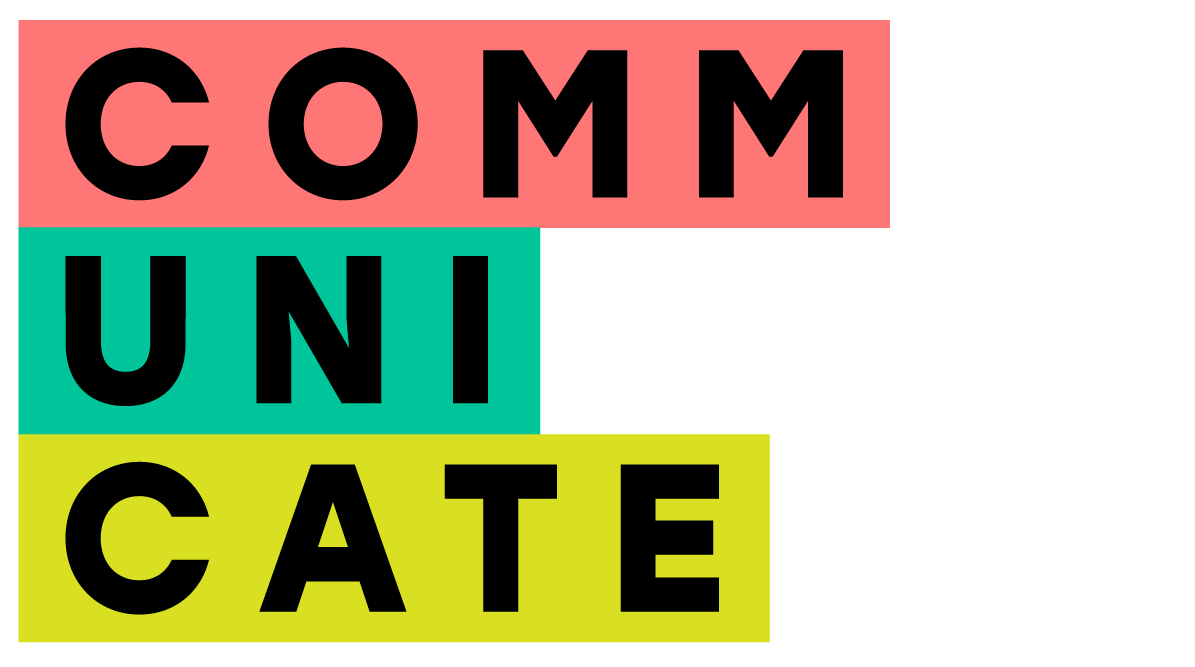Intentional Inclusion vs. Tokenism: A Guide to True Inclusion
Diversity, Equity, and Inclusion (DEI) has become a buzzword in many organisations. While the concept is widely accepted, the execution often falls short. A common pitfall is tokenism, a superficial approach to DEI that masks deeper issues. In contrast, intentional inclusion is a proactive, strategic approach that fosters a truly welcoming and equitable environment.
What is Tokenism?
Tokenism is the practice of making only a perfunctory effort to include members of underrepresented groups, typically done to give the appearance of inclusivity. It's the surface-level diversity that lacks depth. Examples of tokenism include:
Hiring a small number of diverse candidates to meet a quota.
images of a diverse workforce on a company website that doesn't accurately reflect the employee population.
Promoting a few individuals from underrepresented groups without providing equal opportunities for advancement.
This approach to diversity and inclusivity does not addressing systemic issues which can be harmful as it:
Perpetuates stereotypes: It reinforces the idea that individuals from marginalized groups are only hired to fulfil quotas.
Creates a hostile environment: Tokenized employees may feel isolated and undervalued.
Damages the company's reputation: A perception of tokenism can lead to negative publicity and loss of trust.
What is Intentional Inclusion?
Intentional inclusion goes beyond mere representation. It's about creating a workplace where everyone feels valued, respected, and empowered to contribute their unique perspectives. It involves:
Cultivating a culture of belonging where everyone feels safe to be themselves.
Providing equal opportunities for all employees, regardless of background.
Implementing policies and practices that support diversity and inclusion.
Continuously educating and training employees on DEI issues.
Key differences between intentional inclusion and tokenism:
Focus: Tokenism focuses on appearances, while intentional inclusion focuses on creating a truly inclusive culture.
Action: Tokenism involves superficial actions, while intentional inclusion requires systemic change.
Impact: Tokenism can lead to resentment and decreased employee morale, while intentional inclusion fosters a sense of belonging and drives business success.
How to move from tokenism to intentional inclusion?
Transitioning from tokenism to intentional inclusion requires a concerted effort. Some of the key components of intentional inclusion include:
Leadership commitment: Strong support from top management is essential for driving change.
Employee education: Providing training on unconscious bias, cultural competence, and inclusive leadership.
Data-driven approach: Using data to identify disparities and measure progress.
Employee resource groups: Creating spaces for employees from underrepresented groups to connect and support each other.
Mentorship and sponsorship programs: Helping employees from marginalized groups advance in their careers.
Accessibility: Ensuring the workplace is physically and digitally accessible to all employees.
These key components are a critical part of transitioning from tokenism to a more equitable and inclusive workplace. By understanding these components, organizations can begin to implement the necessary steps to create a more welcoming and supportive environment for all employees.
Here are just some of the steps that can be taken to make the shift from tokenism to intentional inclusion:
Educate yourself and your team: Develop a deep understanding of DEI concepts and issues.
Listen to your employees: Create safe spaces for employees to share their experiences and perspectives.
Set clear goals: Establish measurable DEI objectives and track progress.
Create inclusive policies and practices: Review and update policies to ensure they are equitable.
Provide leadership and support: Champion DEI initiatives at all levels of the organization.
Measure and evaluate: Regularly assess the impact of your DEI efforts and make adjustments as needed.
Is your organization ready to move beyond tokenism and embrace intentional inclusion? Our DEI consultancy experts offers expert guidance and tailored solutions to help you create a truly inclusive workplace and achieve your DEI goals. Contact us or Book A Call today to learn more about our services and workshop training.
By understanding the difference between tokenism and intentional inclusion, organisations can take meaningful steps towards building a more equitable and inclusive future.
